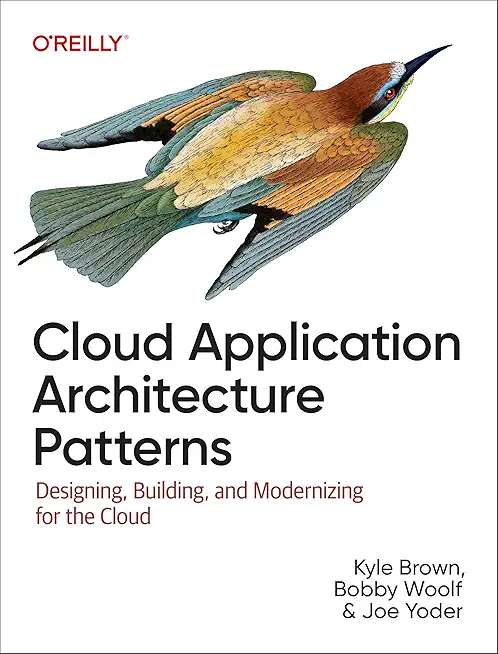Fast Track to Spring Framework 3 and Hibernate Training in Yonkers
|
We offer private customized training for groups of 3 or more attendees.
|
||
Course Description |
||
| This is a demanding and full 5-day course that covers the Spring 3.0 and
Hibernate 3 technologies. It includes a focused coverage of the most
useful Spring technologies, including the Spring core, Database Access,
and Transaction support. The Hibernate material covers all basic areas
of Hibernate as well as some advanced topics. The course starts with a
fairly comprehensive coverage of the Core features of Spring, including
fairly detailed explanations of the motivation behind Spring, Dependency
Inversion and Dependency Injection (IoC). It includes coverage of all
the basic capabilities, including the various annotation-based
configuration options. The data access sections start with coverage of
using the Jdbc Template and DaoSupport classes, as well as configuring
DataSources. The course then moves on to the basics of Hibernate and
mapping classes, then covers Spring / Hibernate integration
â?? mostly using the Hibernate 3 getCurrentSession()
support and Dependency Injection of a Session to build Spring-free DAOs.
The transaction section is fairly straightforward, and covers the use of
Springâ??s @Transactional annotation and the XML tx
namespace configuration as well as integration with Hibernate
Course Length: 5 Days
Course Tuition: $2250 (US) |
||
Prerequisites |
|
| A good working knowledge of basic Java programming, interfaces, and JDBC. | |
Course Outline |
|
Introduction to Spring
More about Bean Properties
The Spring Container and API
Database Access with Spring
Introduction to Hibernate
Spring / Hibernate Integration
Updates and Queries
Transactions
Lifecycle
Relationships
Spring and the Web
Additional Hibernate Topics
Hibernate and the Java Persistence API (JPA) |
Course Directory [training on all levels]
- .NET Classes
- Agile/Scrum Classes
- AI Classes
- Ajax Classes
- Android and iPhone Programming Classes
- Azure Classes
- Blaze Advisor Classes
- C Programming Classes
- C# Programming Classes
- C++ Programming Classes
- Cisco Classes
- Cloud Classes
- CompTIA Classes
- Crystal Reports Classes
- Data Classes
- Design Patterns Classes
- DevOps Classes
- Foundations of Web Design & Web Authoring Classes
- Git, Jira, Wicket, Gradle, Tableau Classes
- IBM Classes
- Java Programming Classes
- JBoss Administration Classes
- JUnit, TDD, CPTC, Web Penetration Classes
- Linux Unix Classes
- Machine Learning Classes
- Microsoft Classes
- Microsoft Development Classes
- Microsoft SQL Server Classes
- Microsoft Team Foundation Server Classes
- Microsoft Windows Server Classes
- Oracle, MySQL, Cassandra, Hadoop Database Classes
- Perl Programming Classes
- Python Programming Classes
- Ruby Programming Classes
- SAS Classes
- Security Classes
- SharePoint Classes
- SOA Classes
- Tcl, Awk, Bash, Shell Classes
- UML Classes
- VMWare Classes
- Web Development Classes
- Web Services Classes
- Weblogic Administration Classes
- XML Classes
- RHCSA EXAM PREP
17 November, 2025 - 21 November, 2025 - ASP.NET Core MVC (VS2022)
24 November, 2025 - 25 November, 2025 - Python for Scientists
8 December, 2025 - 12 December, 2025 - RED HAT ENTERPRISE LINUX SYSTEMS ADMIN I
3 November, 2025 - 7 November, 2025 - RED HAT ENTERPRISE LINUX SYSTEMS ADMIN II
8 December, 2025 - 11 December, 2025 - See our complete public course listing
Java Programming Uses & Stats
|
Difficulty
|
Popularity
|
Year Created 1995 |
|
Pros
Most Commonly Used:
Great Career Choice:
Android Apps Development:
It Can Run On Any Platform:
Great Supporting IDE's: |
Cons
Uses a Lot of Memory:
Difficulty in Learning:
Slow Start Up Times:
Verbose and Complex Code:
Commercial License Cost: |
| Java Programming Job Market |

Average Salary
|

Job Count
|

Top Job Locations
New York City |
|
Complimentary Skills to have along with Java Programming
- If you are an experienced Java developer, learning a complimentary language to Java should come much more naturally. As an example JetBrains recently created the Kotlin programming language which is officially supported by Google for mobile development. Kotlin compiles to Java bytecode and runs on the JVM; it's purported to address many of Java's shortcomings... |




![iPhone 15 Guide for Seniors: Easy-to-Follow Learning for Older Adults with Step-by-Step Instructions and Visual Aids [II EDITION]](/bookim/9781915331922.jpg)

